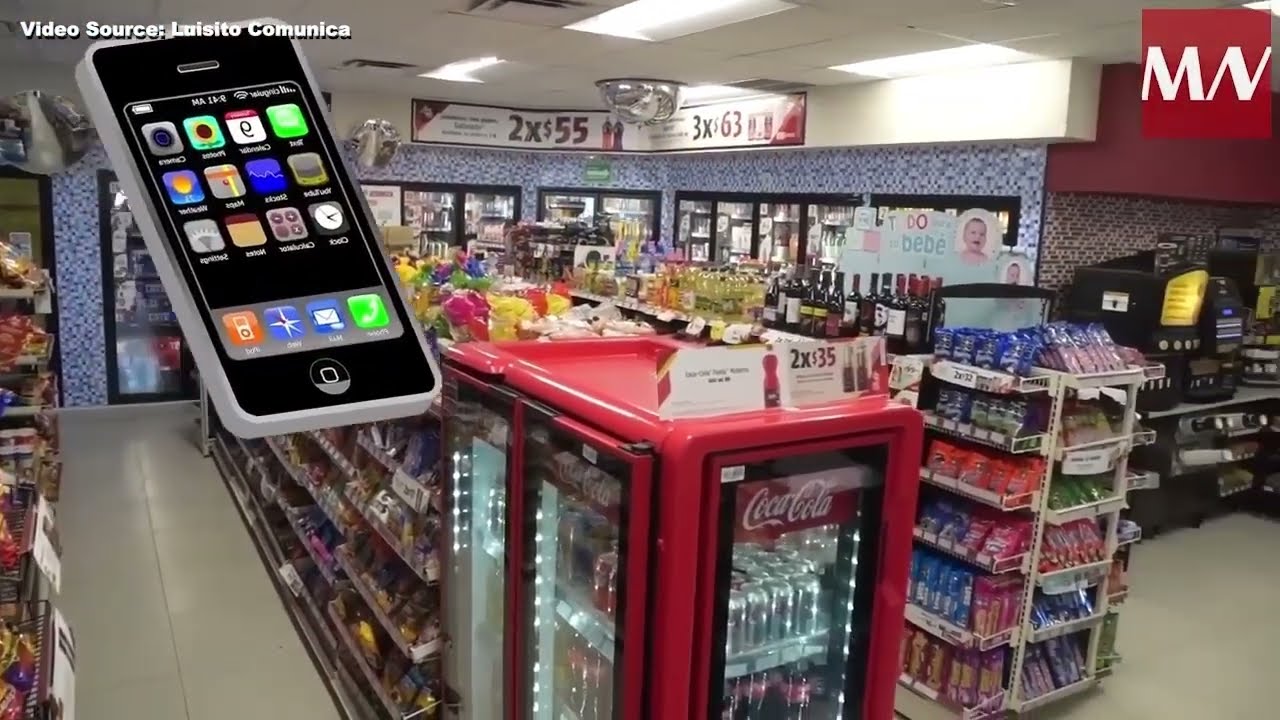Stricter rules of origin could hurt US auto sales, exports: study
Warning: foreach() argument must be of type array|object, bool given in /home/mexiconow/public_html/sites/mexiconow/wp-content/themes/mexiconowwpnew/single.php on line 254
A new study (PDF) by the Michigan-based Center for Automotive Research (CAR) suggests that adjustments proposed by the U.S. team that renegotiates NAFTA will impact auto sales in the U.S. market as well as auto exports by assembly plants that operate in U.S. soil.
Current U.S. proposals for the automotive rules of origin include raising the threshold for the Regional Value Content, adding a requirement on the share of NAFTA steel and aluminum in certain parts, and adding a requirement that at least 30% of a vehicle’s content be produced in a country where labor earns more than the median North American wage for automotive manufacturing.
By increasing minimum percentages on rules of origin, which establishes how much of a car needs to be built in the NAFTA region to avoid tariffs, some U.S. automotive and parts manufacturing companies would prefer to move their plants to lower-cost regions outside North America. Just in 2017, 31 countries each imported more than US$ 100 million in automotive parts to the United States.
“If the cost of meeting the NAFTA rules of origin exceeds the Most Favored Nation (MFN) tariff plus any transportation and logistics costs, then production will move outside of North America to lower-cost regions. Roughly 20% of 2017 U.S. parts imports from Canada and Mexico do not use the NAFTA trade preference,” says the study.
CAR also estimates the current U.S. proposal could result in MFN tariffs that add at minimum a US$ 2.1 to 3.8 billion tax on U.S. consumers. The tariffs would add between US$ 470 and US$ 2,200 to the cost of these particular vehicles.
Under the current U.S. proposal, at least 46 and as many as 125 vehicle nameplates would be disqualified from trade using the NAFTA preference despite begin manufactured in the region. In 2017, the 46 nameplates represented a combined 25% of U.S. sales and the 125 nameplates represented a combined 87% of U.S. sales.
If the manufacturers pass through the entire cost of the tariff to consumers, the result would be an estimated loss of 60,000 to 150,000 annual U.S. light vehicle sales, according to CAR.
Though 44% of vehicles sold in the U.S. during 2017 were imports, it's worth noting that half were manufactured in either Canada or Mexico (11% each). Vehicles imported to the United States from Mexico contain approximately 20 to 30% U.S. content.
Exports would also decrease
In 2017, U.S. production totaled 11 million units, of which 2.4 million were exported, while sales were 17.3 million, with 56% of these produced in U.S. assembly plants. Although most of these vehicles were produced by U.S.-based firms, more than 25% of vehicles sold in the United States in 2017 were made in the country by international automakers.
The U.S. proposal would raise the cost of production, incur tariffs on U.S. vehicle exports that do not meet the higher NAFTA content threshold and result in fewer U.S. vehicle exports. In this point it’s worth noting that The United States exports 22% of the total vehicles made in the country, most of those, a 71%, go to Canada and Mexico.
North America is the third largest producer of light- and medium-duty vehicles and second largest producer of automotive parts in the world. International automakers from Asia and Europe have built over 27 production plants in the United States to take advantage of NAFTA preferences.
MexicoNow
Related News
- NAFTA talks put on hold until May 7 for consultations
- Mexico, first country to ratify the Trans-Pacific Partnership





